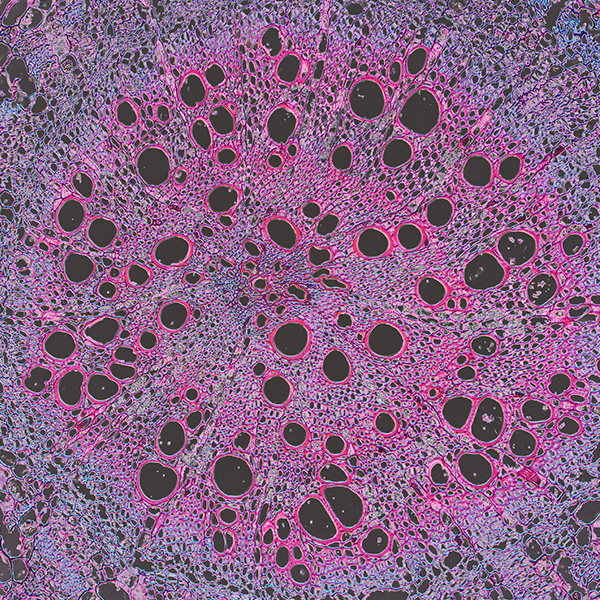Key Benefits
'- Spot artery-clogging risk driving PAD by measuring harmful lipids and inflammation.
- Quantify atherogenic particles with ApoB and clarify LDL-related plaque risk precisely.
- Uncover inherited risk with Lp(a), a strong, lifelong driver of PAD.
- Flag vascular inflammation using hs-CRP to expose residual atherosclerotic risk.
- Reveal atherogenic dyslipidemia through AIP, reflecting high triglycerides and low HDL.
- Guide treatment intensity to lower LDL/ApoB targets and reduce limb and heart events.
- Track response over time, confirming lifestyle and medications are meaningfully reducing risk.
- Best interpreted with an ankle-brachial index and your leg symptoms for diagnosis.
What are Peripheral Artery Disease
Peripheral artery disease biomarkers are measurable signals in your blood that reflect how healthy your limb arteries are and how active the plaque-building process is. They turn silent artery injury into a readout—showing whether the vessel lining is stressed, inflamed, or clot‑prone, and whether plaque is biologically “hot.” Together, these markers link leg symptoms to whole‑body artery health. Key biology they capture includes inflammation (C‑reactive protein, interleukin‑6), cholesterol‑driven plaque formation (apolipoprotein B, LDL particles, lipoprotein[a]), blood‑clot tendency (fibrinogen, D‑dimer), and endothelial stress/activation (VCAM‑1, ICAM‑1). Signals of oxidative damage in plaque (oxidized LDL) also contribute. Testing helps detect PAD earlier than symptoms, estimate disease burden, and forecast complications such as heart attack, stroke, or limb events. It also helps personalize care by identifying people who may benefit most from intensive risk‑lowering and by tracking whether treatment is damping down vascular inflammation and clotting activity.
Why are Peripheral Artery Disease biomarkers important?
Peripheral Artery Disease (PAD) biomarkers are blood-based signals of plaque burden, lipoprotein particle load, and vascular inflammation. They help translate what is happening in leg arteries into whole‑body risk for heart attack, stroke, and wound healing—because the same biology drives disease across the arterial tree.
For LDL cholesterol, optimal is under 100, 100–129 near‑optimal, 130–159 borderline high, and 160 or more high. ApoB is best under 80–90, with 100 or more indicating many atherogenic particles. Lp(a) is most favorable below 50. hs‑CRP reflects arterial wall inflammation: under 1 is low risk, 1–3 intermediate, over 3 high. AIP (log[TG/HDL]) under 0.11 is low risk, 0.11–0.21 intermediate, over 0.21 high. When these are elevated, plaque grows and hardens, microthrombi form more readily, and the endothelium stiffens—translating into calf pain with walking, shorter walking distance, cold feet, non‑healing sores, and higher risks of critical limb ischemia, heart attack, and stroke. Men may notice erectile dysfunction; women may report leg fatigue more than focal calf pain.
When these values sit low, they reflect fewer atherogenic particles, quieter immune signaling, and more stable plaques; PAD symptoms are less likely or milder. Very low LDL/ApoB rarely causes symptoms outside of uncommon genetic disorders. Lp(a) is largely fixed from childhood; women’s risk rises after menopause; pregnancy raises lipids and hs‑CRP physiologically.
Big picture: this biomarker set maps the interplay of lipids, inflammation, and thrombosis that determines arterial health. Tracked alongside ankle–brachial index and imaging, they clarify trajectory, link to kidney and brain vascular health, and forecast long‑term limb and cardiovascular outcomes.
What Insights Will I Get?
Peripheral artery disease (PAD) reflects systemic atherosclerosis that restricts blood flow to muscles and skin. Biomarkers reveal the drivers of plaque formation, inflammation, and thrombosis—signals that predict oxygen delivery, exercise capacity, wound repair, and overall cardiovascular risk. At Superpower, we test LDL, ApoB, Lp(a), hs-CRP, and AIP.
LDL carries cholesterol and correlates with plaque. ApoB tallies all artery-entering atherogenic particles. Lp(a) is a genetically set LDL-like particle that fosters calcification and clotting. hs-CRP tracks vascular inflammation. AIP, from the triglyceride-to-HDL ratio, indicates small, dense LDL and endothelial stress. Higher ApoB, Lp(a), hs-CRP, and AIP relate to greater PAD burden.
For stability, lower ApoB and LDL mean fewer particles depositing cholesterol and less plaque growth. Lower Lp(a) signals lower thrombosis tendency and slower calcification. Lower hs-CRP suggests quieter arterial inflammation and more stable plaques. A favorable AIP reflects larger, buoyant lipoproteins and healthier endothelium. Together, these patterns indicate arteries more likely to maintain flow and oxygen delivery in the limbs.
Notes: Acute infection, injury, or hard exercise can transiently raise hs-CRP. Fasting notably affects triglycerides (and thus AIP) more than LDL or ApoB. Lp(a) is largely genetic, changes little over time, and may rise with kidney disease. Age, pregnancy, autoimmune conditions, medications, and lab methods can shift results.







.avif)



.svg)





.svg)


.svg)


.svg)

.avif)
.svg)










.avif)
.avif)
.avif)


.avif)
.png)


